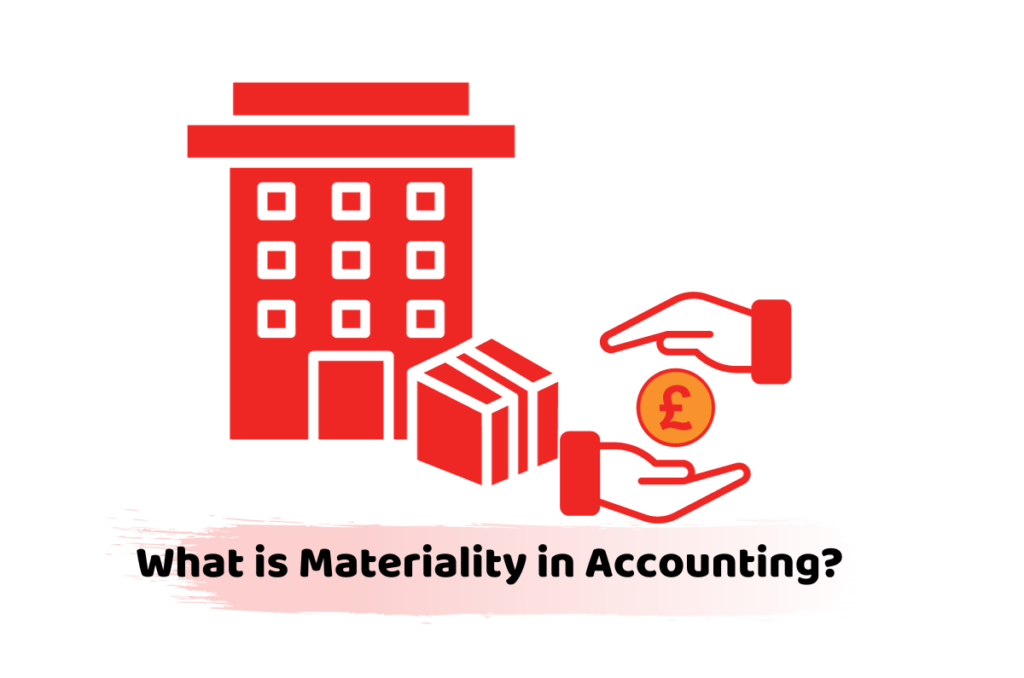Many trading companies are struggling in this difficult financial climate. Where a company makes a trading loss, there are several possible ways for that trading loss to be relieved, subject to various conditions and restrictions. Losses carried back For example, if trading losses exceed profits of the same accounting period, the company may claim to carry back the excess against total profits of preceding accounting periods, i.e., those falling wholly or partly within the 12-month period ending immediately before the start of the loss-making accounting period. However, a company cannot claim to carry back losses without first setting them off against profits of the current period. In addition, there are various rules and restrictions for carrying back trading losses (e.g., the company must have been carrying on the relevant trade in that accounting period). Claiming the relief A claim to carry back losses must be claimed. The time limit is generally two years after the end of the loss-making period. However, HMRC may allow a longer period at its discretion. In practice, loss relief claims are normally made in the company’s tax return for the loss-making accounting period. If the loss relief claim needs amending, and the claim was made in the company’s tax return, it may be amended at any time up to 12 months from the statutory filing date for the return. Alternatively, for claims not included in tax returns, the time limit is within 12 months of making the claim.
Claims After HMRC Enquiries, Etc.
If HMRC changes the company’s tax position by amending the company’s tax return (or by making a discovery assessment) and additional tax is charged, it can be possible to make loss relief claims against the additional tax liability arising, subject to statutory time limits (FA 1998, Sch 18, para 61). However, there are potential restrictions. For example, in Civic Environmental Systems Ltd v Revenue and Customs [2023] EWCA Civ 722, the appellant company (CES) commenced trading on 8 June 2006. Its first accounts were prepared to 30 April 2007. CES subsequently made a loss in the year ended 30 April 2008 of £444,747, which CES claimed to carry back against its profits for the 2007 period of £142,039, and HMRC repaid the corporation tax for the 2007 period of £41,372. The remaining losses of £302,708 were carried forward for offset in later years. However, the First-tier Tribunal (FTT) subsequently ruled that CES’s profits for 2007 had been understated by £540,000. The FTT and Upper Tribunal both held that notwithstanding this increase to CES’s profits for 2007, only £142,039 of the 2008 loss could be set off against the 2007 profits. CES appealed, arguing that the entire loss for 2008 of £444,747 should be set off against the 2007 profits. However, the Court of Appeal held that the claim could not be re-opened on the basis that the profits for the period had subsequently been increased.
Practical Tip
It is unclear why a company should not be allowed to amend a free-standing loss relief claim to take account of HMRC amendments following an enquiry or discovery assessment. Nevertheless, it is a restriction that company owners and their advisers should be aware of.





















































